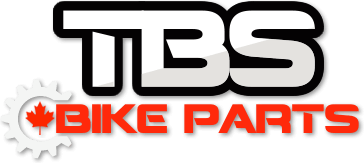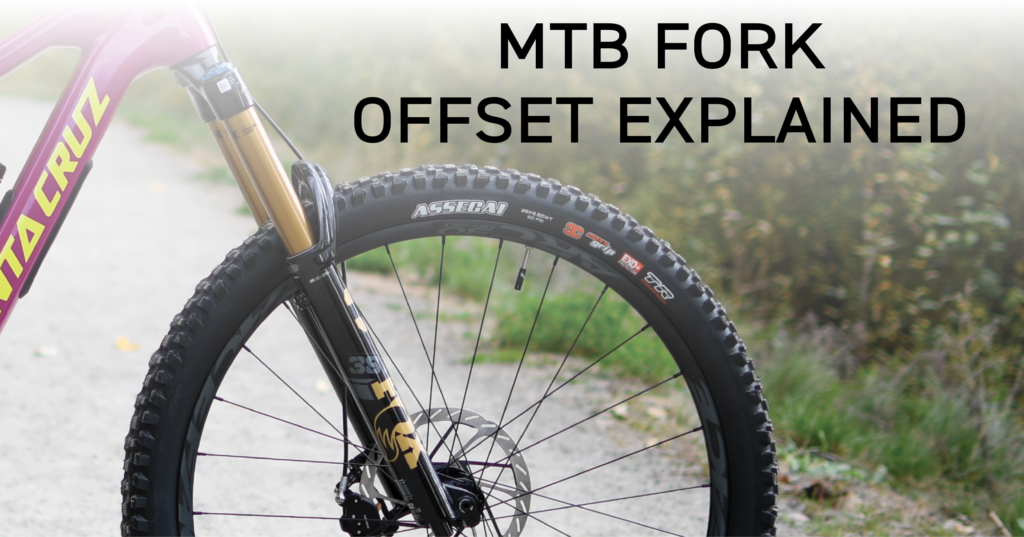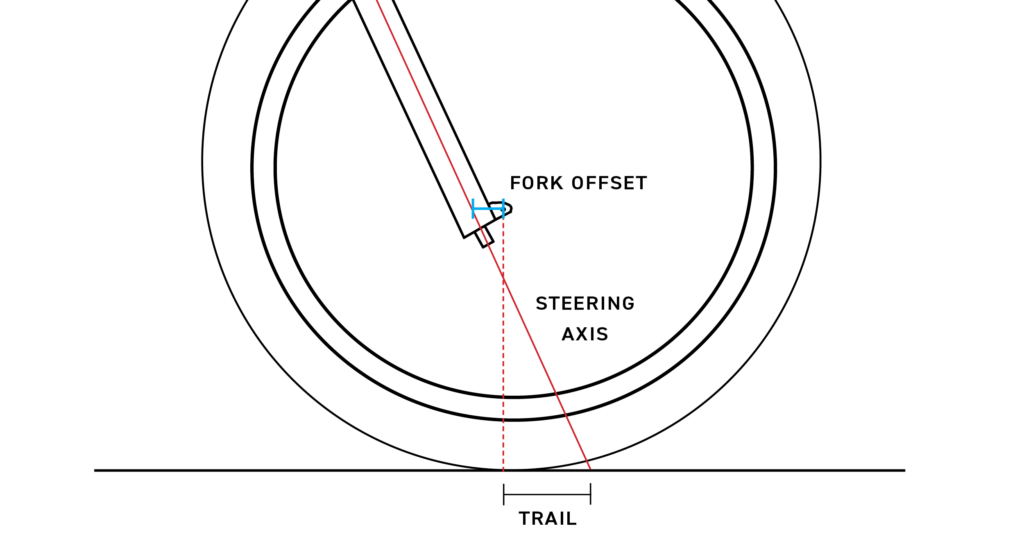Mountain bike geometry is a complex combination of measurements that impact the bike’s handling and ride feel, and one of the most subtle yet influential measurements is fork offset. Fork offset affects steering response, stability, and how the bike handles tight corners or technical sections. In this guide, we’ll break down what fork offset is, how it influences bike handling, and how to choose the right offset based on your riding style.
What is Fork Offset?
Fork offset refers to the distance between the centerline of your bike’s steerer tube and the front axle. This measurement is typically expressed in millimeters and varies depending on the fork model and intended use. In essence, the offset determines how far the front axle is “offset” from the steerer tube.
The Role of Fork Offset in Bike Handling
1. Steering Response
Fork offset directly influences how responsive your bike’s steering feels. A shorter offset brings the front wheel closer to the frame, resulting in slower but more stable steering. Conversely, a longer offset places the wheel further out, creating quicker, more responsive steering.
- Short Offset (42mm – 44mm):
- Slower, more stable steering.
- Provides increased “trail,” which adds to stability and improves tracking, especially at higher speeds.
- Long Offset (46mm – 51mm):
- Quicker, more agile steering.
- Reduces “trail,” leading to a faster, more responsive feel, especially at lower speeds and in tight corners.
2. Stability and Cornering
Fork offset also impacts stability when cornering or descending. A shorter offset creates a more stable feel on steep and rough terrain by shifting the rider’s weight slightly rearward. This setup is often preferred for downhill and enduro riders who need extra control at high speeds.
On the other hand, a longer offset pushes the front axle further forward, giving the bike a nimbler, more agile feel. This is beneficial for cross-country (XC) or technical trail riders who need quick handling and precise steering.
3. Trail and Weight Distribution
Fork offset affects the “trail” of the bike—the distance between where the steering axis intersects the ground and the point where the front tire contacts the ground. Increased trail, achieved by a shorter offset, enhances stability by keeping the bike pointed straight, making it ideal for downhill and enduro riding. Decreased trail, from a longer offset, reduces stability but allows for quicker steering, making it better suited for technical, low-speed maneuvering.
Short Offset vs. Long Offset: Which is Right for You?
Short Offset Forks
- Best For: Enduro, downhill, and aggressive trail riding.
- Why: Short offset forks increase stability by increasing trail, making them ideal for high-speed descents, technical sections, and rough terrain. These forks also complement modern “slack” bike geometries, which keep steering steady and controlled at high speeds.
Long Offset Forks
- Best For: Cross-country (XC), technical singletrack, and trail riding.
- Why: Long offset forks enhance agility and improve handling on tight and twisty trails. The reduced trail makes steering more responsive at lower speeds, which is beneficial for navigating switchbacks, rock gardens, and technical climbs. Cross-country riders who prioritize quick handling over high-speed stability often prefer longer offsets.
The Relationship Between Fork Offset and Head Tube Angle
Fork offset doesn’t work in isolation; it interacts with another important measurement: head tube angle. Here’s how the combination of these two factors can impact your ride:
- Slack Head Tube Angle + Short Offset: Provides a stable, planted feel. This combo is popular for downhill and enduro bikes where stability is crucial.
- Steep Head Tube Angle + Long Offset: Produces quick, nimble steering. This combination is common on cross-country bikes where responsive handling is prioritized over stability at high speeds.
Practical Examples of Fork Offset Choices
- Downhill and Enduro Bikes
- Recommended Offset: Short (42mm-44mm).
- Why: These bikes often have slack head tube angles to maximize stability on steep terrain. A shorter offset adds stability, giving riders confidence on rough descents and fast technical sections.
- Trail Bikes
- Recommended Offset: Moderate to short (44mm-46mm).
- Why: Trail bikes aim to balance climbing efficiency with downhill capability. A moderate offset allows for stable steering without sacrificing too much agility, offering a balanced handling experience.
- Cross-Country (XC) Bikes
- Recommended Offset: Long (46mm-51mm).
- Why: XC bikes are designed for speed and responsiveness on flatter, technical terrain. The longer offset keeps the steering quick, helping riders navigate tight corners and climb efficiently without the added weight of stability-focused components.
Choosing the Right Offset for Your Riding Style
- For Stability on Descents: If you primarily ride downhill, enduro, or steep terrain, opt for a shorter offset. The added stability will give you confidence at high speeds.
- For Agility and Quick Handling: If you prioritize speed on climbs, technical trails, or twisty singletrack, a longer offset will provide quicker handling and more precise steering.
Conclusion
Fork offset may be a small detail, but it has a big impact on your bike’s handling and overall ride feel. By understanding how offset interacts with head tube angle and your own riding style, you can make an informed choice that enhances your performance on the trails. Whether you’re racing cross-country or tackling enduro descents, choosing the right fork offset will help you maximize stability, responsiveness, and control.
Remember that we offer free shipping on all orders over $149CAD. Orders are all processed and shipped within 24 business hours as well. Looking for mountain bike parts? We stock hundreds of parts from multiple brands and you can shop our entire selection here.
Spend less and ride the best with TBS Bike Parts.
Related Articles
THE IMPORTANCE OF MTB SUSPENSION AND HOW TO MAINTAIN IT
ROCKSHOX FLIGHT ATTENDANT TECHNOLOGY OVERVIEW
WE CAN SPECIAL ORDER SRAM/ROCKSHOX PRODUCTS



